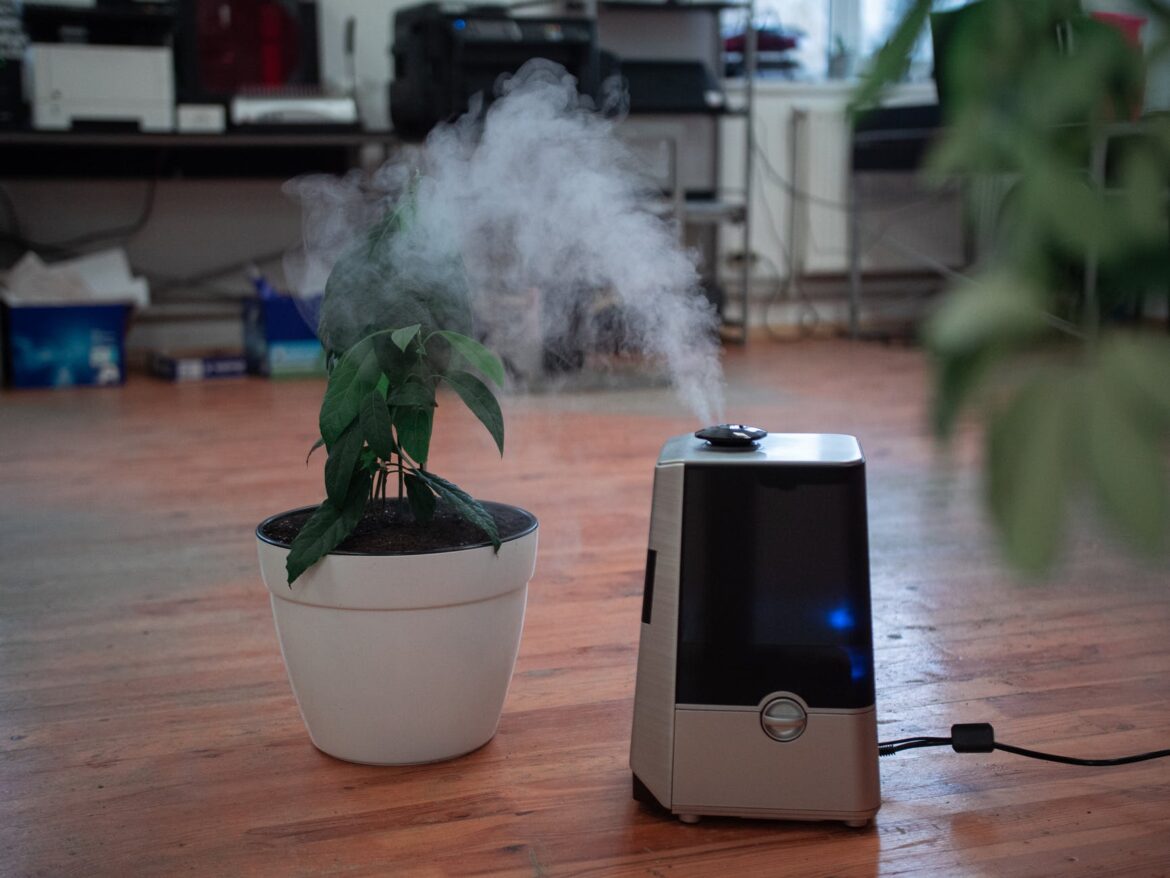With increasing levels of indoor pollution and allergens, if you or your loved ones suffer from allergies, getting the right air purifier can go a long way in preventing allergic reactions and improving health.
It is important to note that air purifiers are only effective in situations where the allergens that cause the allergy remain airborne long enough to be removed by the air purifier. It is equally important that the air purifier your select has a filtering mechanism that is capable of removing these specific allergens.
Here are a few important features to consider when selecting an air purifier, especially for those with allergies:
HEPA Filters
The filtration system is a key component that determines the efficacy of an air purifier. With common allergens ranging from 1 to 20 microns in size, HEPA i.e. High-Efficiency Particulate Air filters are ideal for preventing allergies. They are capable of removing 99.97% of particles up to 0.3 microns in size and, unlike ionizer filters, they don’t release ozone into the room which can worsen allergy and asthma symptoms. Additionally, you can also look for air purifiers having a second carbon filter that can help remove dissolved toxic gases and fumes.
CADR
Another crucial factor when it comes to selecting an air purifier is its CADR i.e. Clean Air Delivery Rate. This determines the amount of filtered air that the unit is capable of delivering after filtration. This measures the real cleaning capacity of an air cleaner, as although the filtration system is important, at the end of the day, what matters is the amount of air that the air purifier is able to pass through the filtration system. CADR is measured, using standardized tests by the Association of Home Appliance Manufacturers (AHAM), at the highest speed at which the purifier works.
Selecting The Right Size
Most air cleaners are recommended for rooms based on the unit’s ability to turn over the air in the room up to six times an hour. This decreases particle levels by about 70%. On the other hand, larger units turn over air up to nine times in the same time and reduce particle levels by about 90%, which is optimal for those with allergies. Also, make sure to consider the noise levels with smaller units requiring to run at higher speeds and producing more noise.
